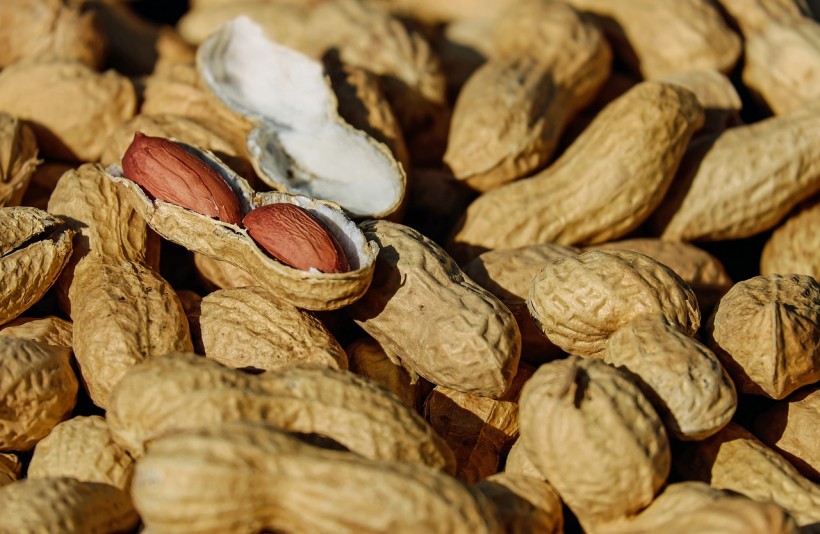Rates of people experiencing symptoms of food allergy have skyrocketed in the last few decades. As per the Centers for Disease Control and Prevention's data, food allergies in children rose by 50% between 1997 and 2011. More so, emergency hospital visits for anaphylaxis between 2005 to 2014 among children ages five to 17 years old increased by almost 200%.
A 2019 study published in the journal of the American Medical Association shows that over 32 million have at least one food allergy and that genetics and environment contribute to its soaring numbers. Now, leading experts tackle the latest research that could help fight food allergies.

Food Allergy: Here's How One Research Could Help Improve Tolerance of an Allergen
What Happens During a Food Allergy Attack?
Food allergy experts have identified the "big nine" that cause allergies, which include milk, eggs, nuts, fish, crustaceans, shellfish, wheat, soy, and sesame. They can rise at any age and some people are required to take caution and lifestyle changes since it can trigger a life-threatening reaction called anaphylaxis.
But food allergy is different from food intolerance. Whereas the former affects the immune system and triggers a range of symptoms, the latter often attacks the digestive system and causes less serious symptoms.
According to Health News, most food allergies are immunoglobulin E (IgE) antibody-mediated responses, which react to specific parts of the protein that the person is allergic to. When food allergy activates, there is intracellular signaling that releases inflammatory mediators, like histamines, and the synthesis of chemotactic factors and cytokines to produce an allergic response.
Symptoms could include skin redness, smooth muscle contraction, mucus secretion, and others. Some food allergies can be elicited through cell-mediated responses that result in delayed or chronic symptoms. An example of this type of allergy is the food protein-induced enterocolitis syndrome, wherein it is mediated by T cells.
Other food allergy examples also include having atopic dermatitis or skin rash from milk ingestion or an immune response to gluten proteins called celiac disease.
READ ALSO: 36-Year-Old Man Allergic to Vegetables Suffers Symptoms Repeating Every 3-6 Weeks
New Research Studies Preventing Food Allergy From Developing in Children
The non-profit organization Food Allergy Research and Education encourages children to eat peanuts as early as possible in research that could also be effective in preventing other food allergies. According to National Geographic, treatments could either be immunotherapy or biologics.
Immunotherapy has been widely studied and in 2020, FDA approved the first and only immunotherapy drug Palforzia. It contains highly controlled doses of peanut protein that are given every day to expose the immune system to the protein and prevent a severe reaction in the event of accidental exposure.
But since immunotherapy only targets one food allergy at a time, biologics could provide the solution for blocking IgE antibodies, which cause the allergic reaction. They can bind to immune cell receptors before an IgE antibody could get it and therefore stop an allergic reaction from taking place.
Although there are efforts in making treatments for different types of food allergies, experts say that cure is not on the table for now. Nonetheless, it is a big goal for scientists to be working on.
RELATED ARTICLE: 74% of Children Who Undergo Peanut Allergy Treatment Achieved Remission
Check out more news and information on Allergy in Science Times.














